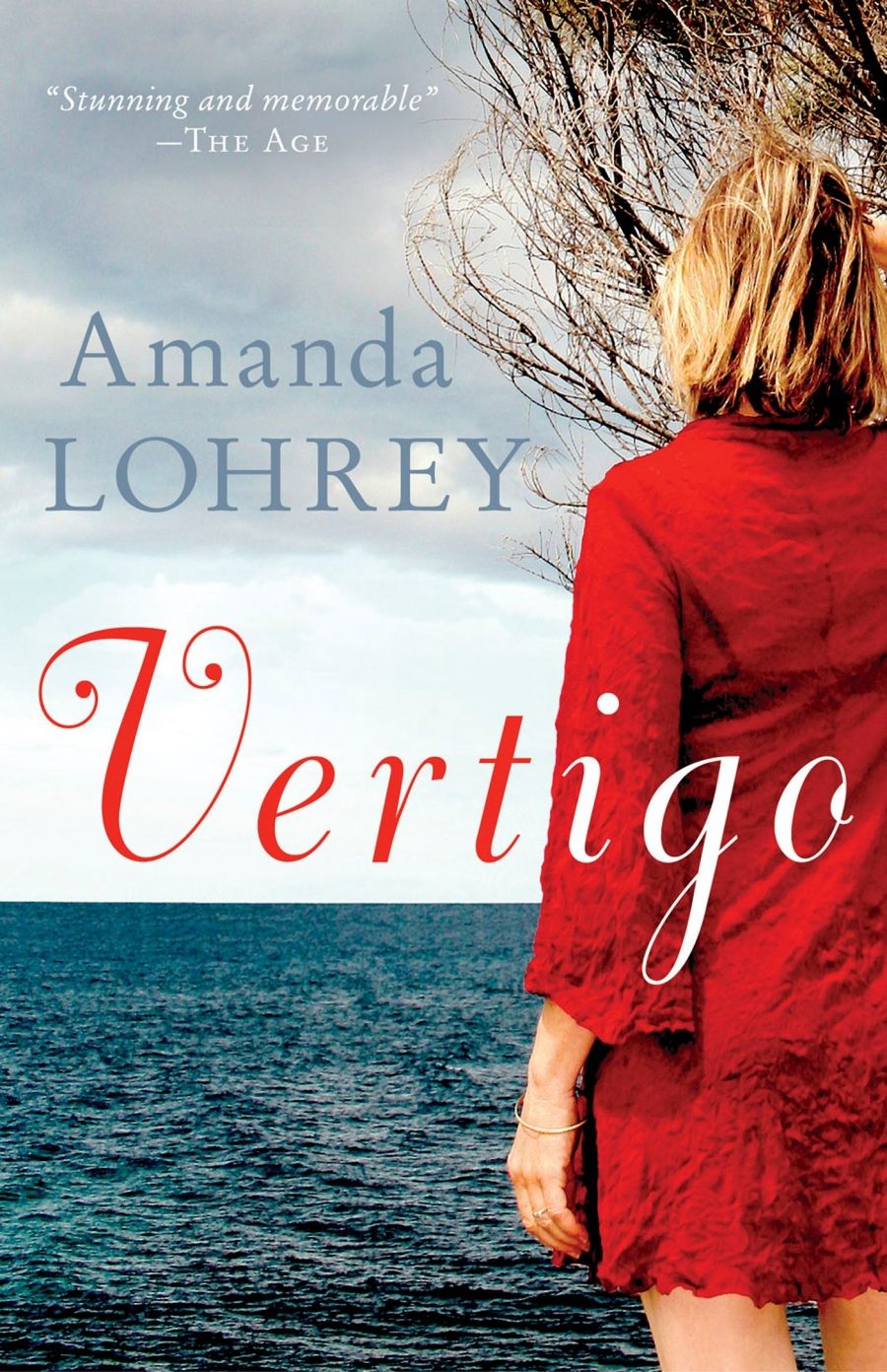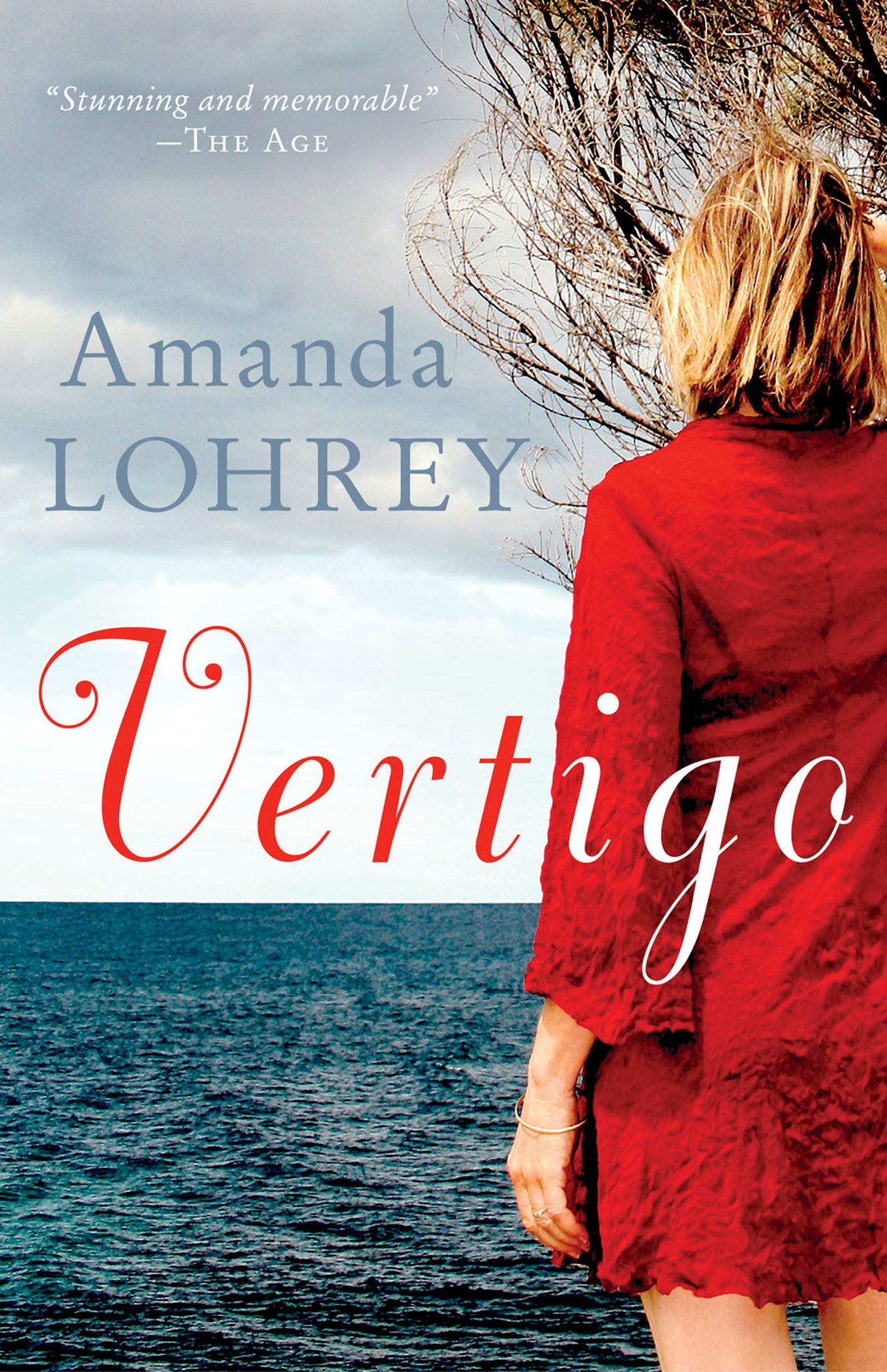
- Free Article: No
- Contents Category: Fiction
- Review Article: Yes
- Article Title: ‘Down had been falling’
- Online Only: No
- Custom Highlight Text:
Vertigo is to dizziness what a migraine is to a headache, or the flu to a cold in the head; you don’t really grasp the difference until you’ve had the nastier one. True vertigo pitches you into a chaotic blackness in which you lose your bearings utterly; no relief is to be had from sitting or lying down, because the chair, the bed, the floor all fall away from you as well. Disorientation on the flat is bad enough, but in three dimensions it is terrifying, like Satan’s journey through the realm of Chaos in Paradise Lost where he meets ‘a vast vacuitie: all unawares / Fluttering his pennons vain plumb down he drops / Ten thousand fadom deep, and to this hour / Down had been falling …’
- Book 1 Title: Vertigo
- Book 1 Biblio: Black Inc., $27.95 hb, 160 pp
- Book 1 Cover Small (400 x 600):

- Book 1 Cover (800 x 1200):

Literary allusions come easily when thinking about Amanda Lohrey’s latest book. The title and design share those of W.G. Sebald’s 1990 novel of the same name (at least in English), and like his narrator, Lohrey’s characters are suffering from a kind of metaphorical vertigo, a debilitating loss of their bearings in the world. The book names itself very precisely by literary form and genre: the cover announces it as ‘a novella’, and a small subheading on the title page identifies it as ‘a pastoral’. There is a postscript referring the reader to two works by Henry Lawson. The plot, in which a Sydney couple relocates to a small coastal town, uses the powerful imagery and symbolism of bucolic innocence and freshness versus urban sophistication and decay; the more specifically Australian variation of this theme, usually expressed as ‘Sydney or the Bush’, is in this case a literal choice.
On the surface, it is a simple and straightforwardly told tale of a pair of sea-changers who have the means and the motivation to move from inner-city Sydney – where one of them habitually suffers from that other highly symbolic physical condition, asthma, which renders one unable to breathe – to a house in the fictional coastal hamlet of Garra Nalla, affordable partly because there is no actual sea view and partly because the beach has a dangerous rip. Self-employed in businesses that can be conducted online, Luke and Anna pack up and transplant themselves into the bush.
But who is the child who only sometimes walks beside them? Luke and Anna have lost their bearings; their lives have become vertiginous in treacherous, unpredictable ways. The mystery of the child, though the reader begins to guess fairly early on, is explained only near the end, when a bushfire escalates into a raging firestorm that surrounds the town and comes close to destroying it.
Lohrey is using an ancient and venerable literary genre as a vehicle for her tale of contemporary Australian life: traditionally, pastoral is the form in which the poet celebrates and idealises the rural life, an expression of preference for the simple life over the complex one, with intimations of Edenic innocence. These are the archetypes that jostle around shiftily behind the sea-change and tree-change impulses, pushing or pulling many Australians out of increasingly untenable urban lives.
What traditional pastoral doesn’t usually have is the build-up of narrative tension to the kind of dramatic climax Lohrey uses here. The novella is a risky form, in some ways even more exposed than the short story, where every word likewise counts, but this book works so well partly because of the tightness of its narrative structure, with the characters’ internal journeys woven into the trajectory of their move to the bush. It is said that all art aspires to the condition of music, but with the possible exception of Helen Garner’s The Children’s Bach (1984), I have never read a story that kept reminding me so forcefully and often of the structures of music.
The text is enhanced by Lorraine Briggs’s grainy black-and-white photographs – another Sebald-evoking touch – conveying the semi-abstracted shapes of landscape, seascape and weather that seem more than merely illustrative, as do the two powerful photographs, also by Briggs, in Thomas Deverall’s jacket design. As a physical object the book is quite beautiful; it is rare to see this degree of interplay between text and design in contemporary book production, though Allen & Unwin last year set the bar a little higher in this regard with Michelle de Kretser’s The Lost Dog.
Like Lohrey’s previous two novels, The Philosopher’s Doll (2004) and Camille’s Bread (1995), Vertigo focuses on a heterosexual couple and the ties and tensions between them; on the daily, ongoing process of negotiation that informs every marriage. Lohrey has always been what you might, however loosely, call a ‘political’ writer, but in the last few years the difference between her fictional and non-fictional writing has been steadily widening, as though she has been working through the most effective uses of each. Though both of these earlier novels are focused on the drama of private, domestic life, Camille’s Bread is largely about the politics of food and The Philosopher’s Doll about the politics of childbearing and work–life balance, both with close attention to gender politics; with Vertigo, though, Lohrey seems to have made some sort of leap into a purified form of storytelling where the ideas and theories informing the story have disappeared altogether from the surface of the text.
Vertigo is a difficult book to review in any detail without giving away the ending, thereby annoying the author and spoiling the reader’s pleasure. But there is something enormously satisfying, both aesthetically and morally, about this delicate tale, a sense that – as with a perfectly executed piece of music – no mistakes have been made, and that what is being said in these pages is both true and right.


Comments powered by CComment